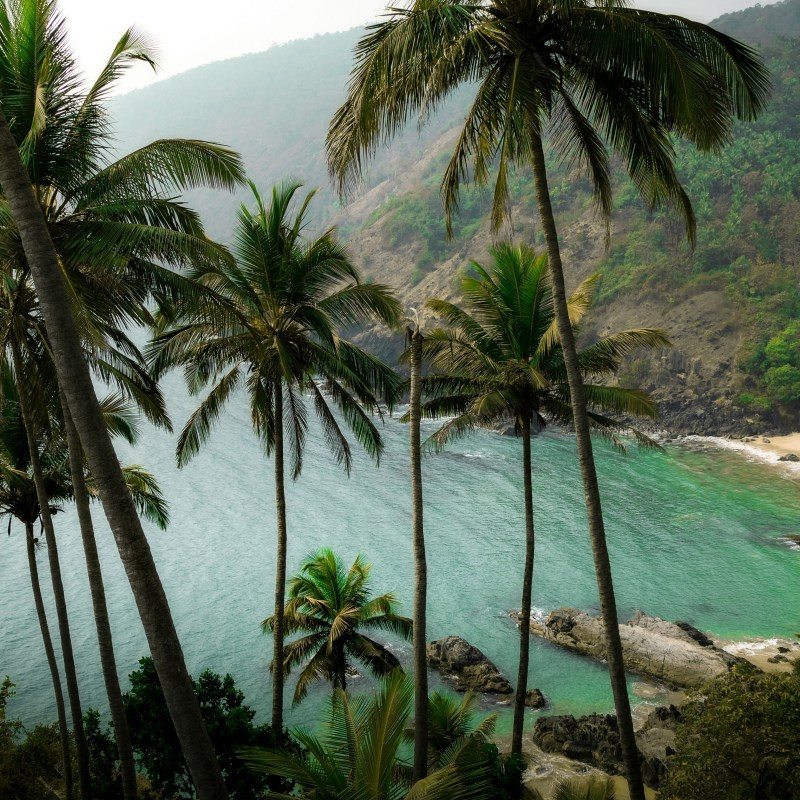
If you’re looking for a byline from Shantaram, keep it moving.
Videos by TravelAwaits
I think there are fewer places more poorly cast in Hollywood films than India, now officially known as Bharat. (Except maybe Mexico… that sepia tint ain’t right.)
As someone who spent months in Sikkim and Bangalore (Bengaluru) studying for a Global Studies degree, I’m wary of how I describe India to those who have never been. I don’t want to paint an overly romantic picture of the country, nor do I want to gloss over its incredible diversity.
For decades, Western travelers have flocked to India on the hunt for spiritual enlightenment. Many left with a bastardized version of yoga and a preclusion for bindis.
I hope I don’t sound too judgy – I was very much on track to be one of these people once upon a time. So let me take you on a (brief) tour of India through the lens of one of its tiniest states: Goa. If you’ve never been to India and want to visit, this might be the best place to start.
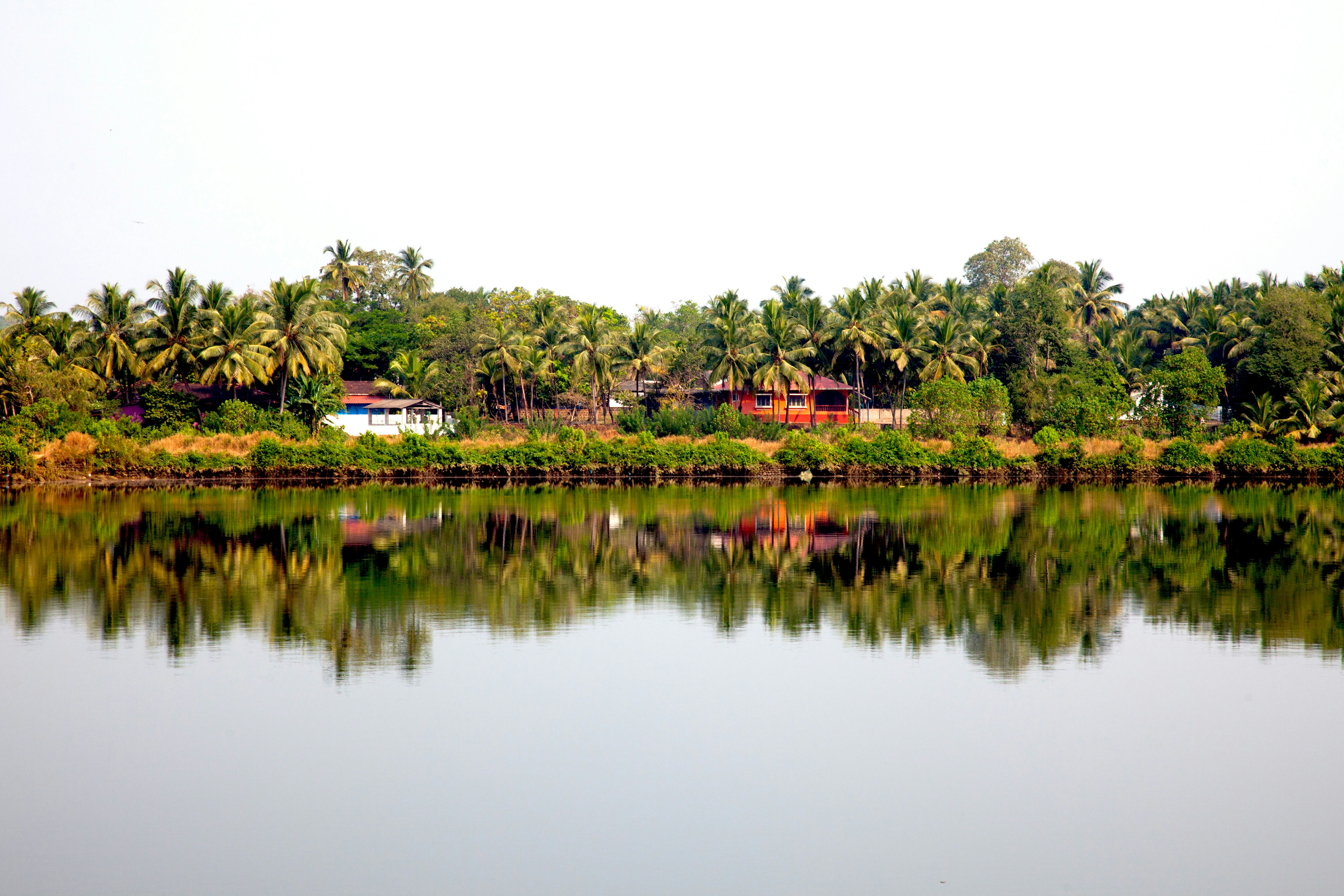
Enter India
India defies simple conclusions.
It’s one of the most poverty-stricken places in the world. It’s also leading the world in renewable energy pursuits and is home to the world’s most expensive residential building.
Ten years after leaving, I’m still not sure how it changed me—I just know it did.
I suggest you enter the fray with a similar mindset: the acknowledgment that you’ll change with little expectations of how, specifically, that might happen. You don’t need to push for it, trust me—Bharat will give you no other choice.
I also suggest you consider visiting Goa before another hotspot like Agra, New Dehli, Amritsar, Kolkata, or Mumbai.
Goa is a former Portuguese colonial territory. It’s small, it’s more Westernized than other regions, and it’s a pretty good intro to the mind-bending reality of India.
Here’s why you should keep Goa on your radar, even if you never anticipated a trip to India.
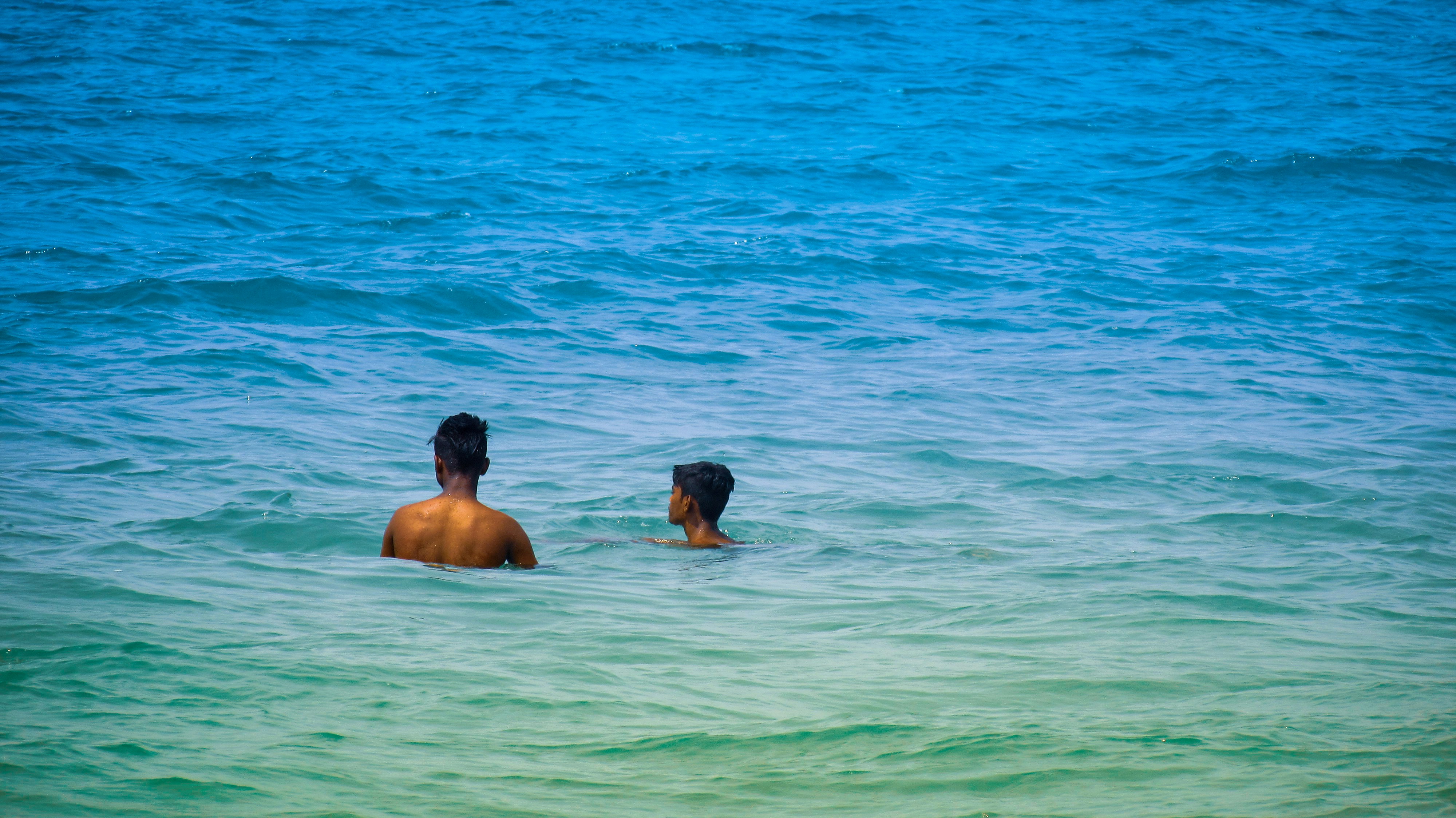
It’s small and easy to explore
Goa is India’s smallest state.
On top of that, tourism is its primary industry—which means it has the infrastructure to host thousands of tourists. From hotels and hostels to nightclubs and restaurants, you’ll have a dizzying array of options.
Goa’s small size also means you can zip around its primary attractions easily. You can go from the beach into the state’s backwaters to enjoy nature in just a few hours. You can also visit Goa’s museums, forts, and other landmarks with a short taxi drive or by renting a car or moto yourself.
Just remember if you’re renting: they drive on the left side of the road, like in the UK.
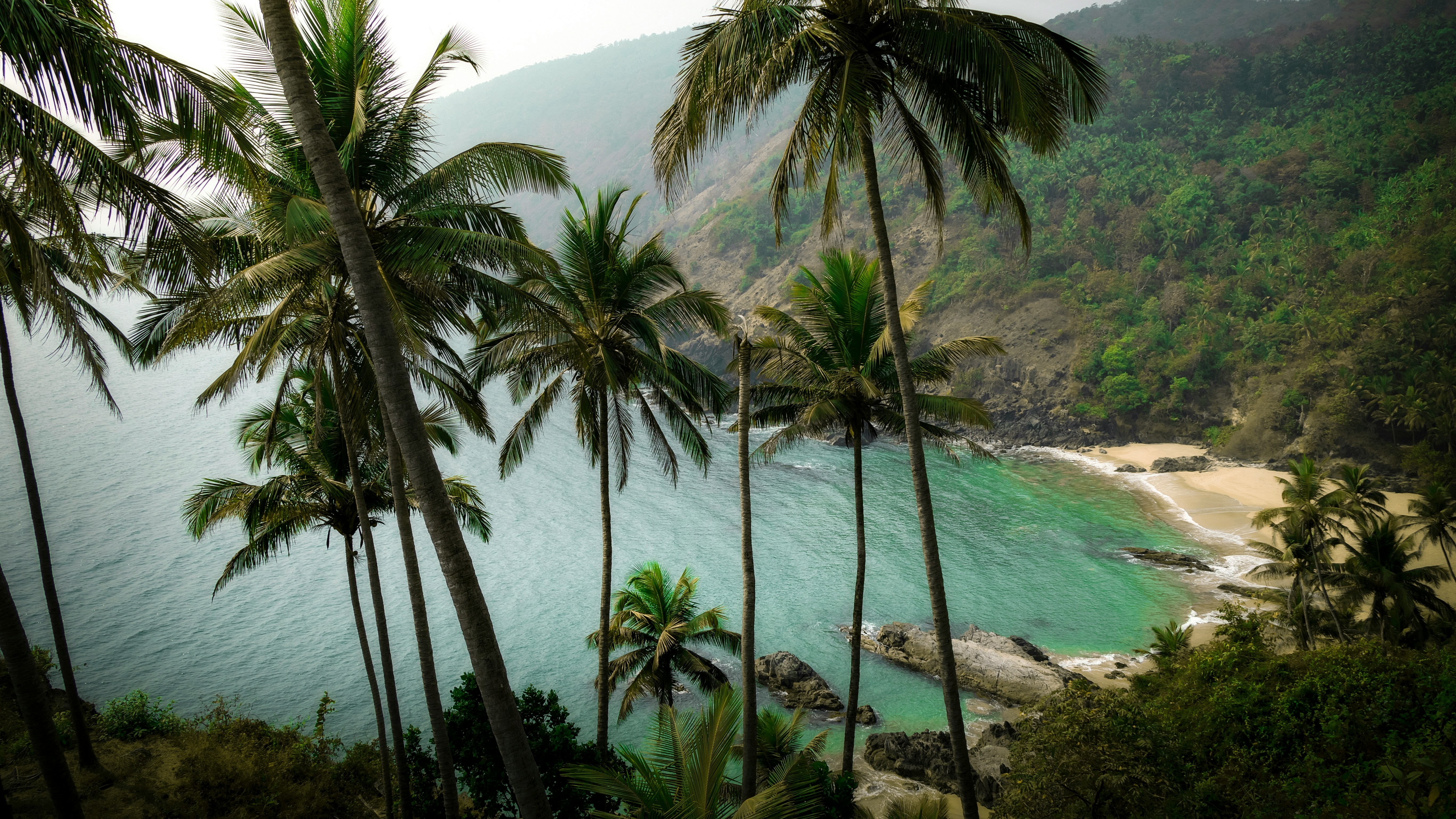
The Pearl of the Orient: it’s got beaches, y’all!
Goa is known as the ‘Pearl of the Orient’ for its natural splendor.
I’m going to be very frank here: nature in India is stunning, but visiting them isn’t always relaxing. That’s because this is the most populous country in the world; you won’t find yourself alone in India often, if ever.
In the US, we tend to correlate natural wonders with a sense of peace. That’s not going to be the case in Goa—nor in most parts of Bharat.
Adjust your expectations and you’ll enjoy these sites more. Remember, the hustle and bustle is part of life in India. You won’t escape it.
That leads me to my next point: North Goa beaches like Pernem, Bardez, and Tiswadi are usually busy year-round. The same for South Goa beaches like Mormugao, Salcete, and Quepem.
They’ll be packed with beachgoers—so set up your space and sink into the vibrant vibe.
If you want to really explore nature, then check out Goa’s wildlife sanctuaries. The Salim Ali Bird Sanctuary is renowned around the world, while many also head to Bondla Wildlife Sanctuary. Don’t miss out on the Dudhsagar Falls, either, located inside the Bhagwan Mahaveer Sanctuary.
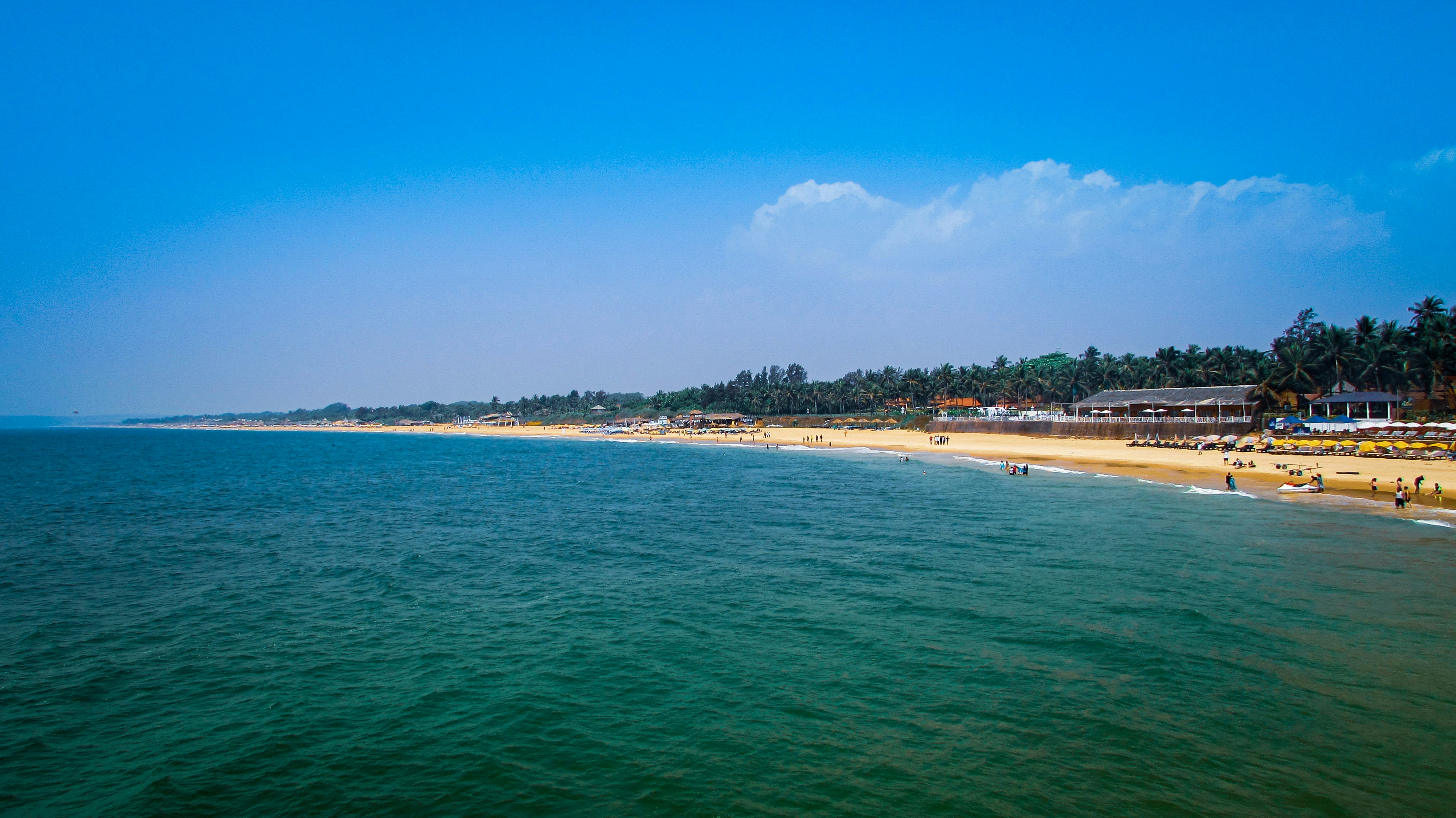
A blend of historical landmarks
One reason I suggest India first-timers head to Goa is its range of landmarks. As mentioned up top, this is a former Portuguese colony. (The names of the beaches should have been a giveaway.)
You’ll notice this colonial legacy in the region’s architecture, along with its museums. In Chandor, you can explore various heritage homes from the Portuguese. Along the coast, you can check out dozens of forts. The most famous are Corjuem Fort and Aguada Fort, both of which are open to visitors.

It’s party central for Indians & tourists alike
Want to know something that blew my mind about Indian tourism? Most tourists are domestic.
In Goa, you’ll be rubbing elbows with Indians from around the country.
Most speak English—and most are interested in making friends. From the bottom of my heart, I haven’t met a chattier and more helpful group of people when traveling before. Wherever you wander in Bharat, you’ll be shown great kindness and interest from many people.
In Goa, you’ll meet tons of Indians who are also enjoying their vacation. That usually opens up opportunities to make friends while abroad—and if you’re going to India, you should plan on making a few friends along the way.
Keep in mind that Goa is the birthplace of psytrance—a really high BPM form of electronic music. You’ll more than likely see concerts advertising electronic music. Be prepared, very prepared.
(Want to listen? Check out Anjuna Deep, a music collective that takes its name from the Goa beach where psytrance emerged. Want to listen to psytrance, specifically? You can hear psytrance for the first time along with these Indian uncles in this amazing video.)
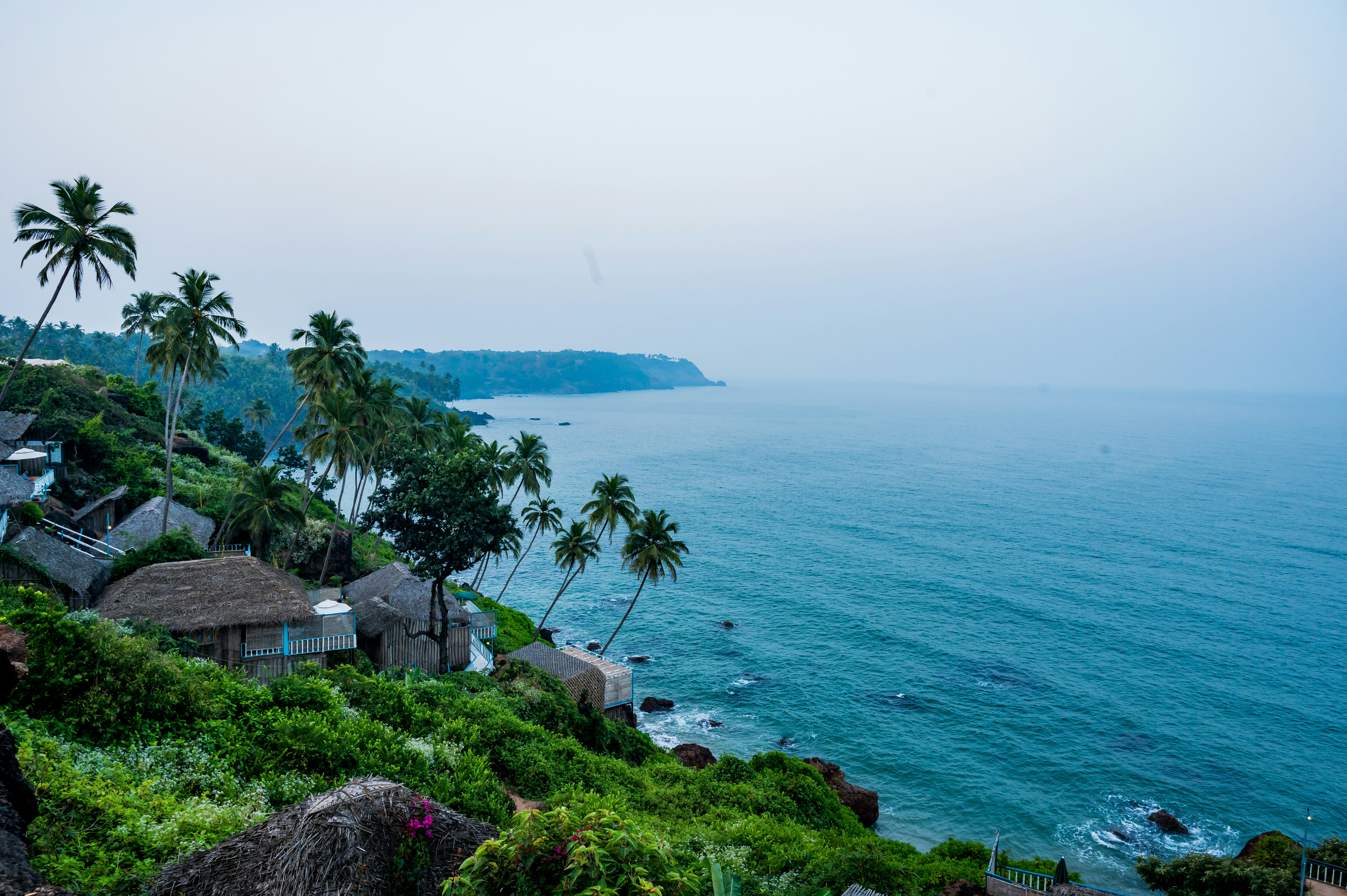
Where to stay in Goa?
You can find some truly luxurious options in India or stick to a basic backpacker hostel. If it’s your first time in India, I suggest opting for a nicer accommodation. It will help you adjust to the heat, bustle, and new cuisines.
Or if you’re more comfortable traveling and have spent some time in South or Southeast Asia, then maybe you want a more private lodging. You can also look into Airbnbs in Goa, too.
Book an Airbnb in Goa or a hotel through Expedia.
